Sneezing Sauropod
20.05.2023 14:18
2625 views
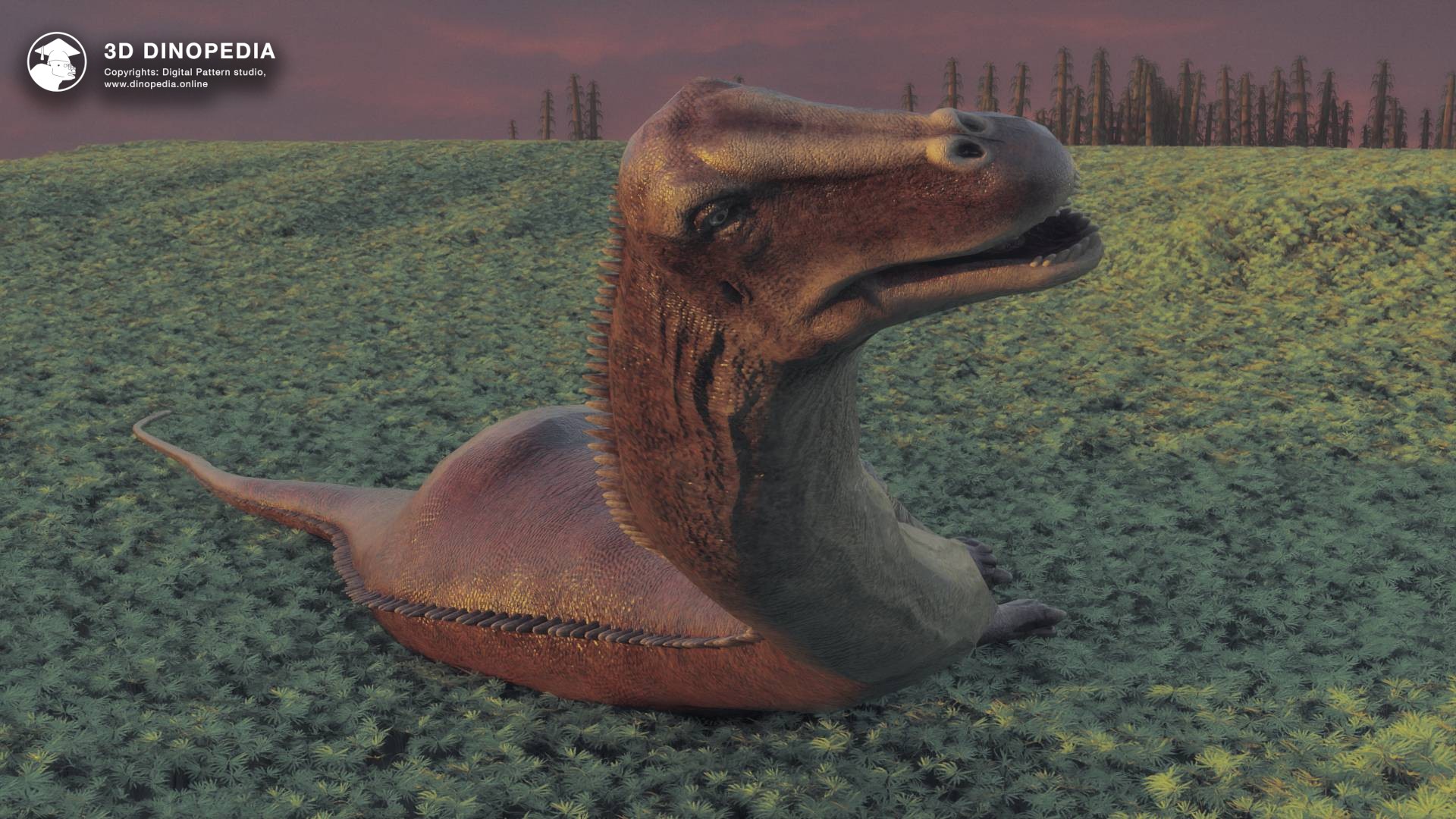
In the past 150 years, paleontologists worldwide have collected a vast collection of dinosaur fossils. By examining these bones using a variety of methods, scientists have learned a great deal about their appearance and lifestyle. However, there is relatively little information available about dinosaur diseases. It's not surprising, considering paleontologists work with bones. After all, it's impossible to learn about a cold or the flu from bones. Or is it possible? An answer to this question was provided by a fossil dinosaur from the Diplodocidae family, given the number MOR 7029, and unofficially nicknamed "Dollie".
Common respiratory illnesses such as the common cold, flu, tuberculosis, and other unpleasant respiratory diseases. Presumably, a tyrannosaur or a diplodocus could have also contracted something similar. But how can one find out? Until now, we could only judge about dinosaurs' respiratory diseases by comparing them with modern archosaurs, that is, birds and crocodiles. These animals suffer from inflammations, infectious diseases caused by bacteria, viruses, fungi, parasites, and various tumors. Until recently, only one case of respiratory infection similar to tuberculosis was described in extinct reptiles. This disease affected an early Triassic sea reptile from the Nothosauridae family (a Nothosaurus), causing inflammation that even affected its ribs. In 2021, something similar to tuberculosis was also suspected in a Cretaceous titanosaur (a giant sauropod) from Brazil. The study of MOR 7029 presented the third confirmed case of a respiratory disease in ancient reptiles, and quite an unusual one!
MOR 7029 was a representative of the Diplodocidae family. It could have been a Diplodocus, Supersaurus, or someone else. Unfortunately, it was impossible to definitively identify the genus from the found fragments. This relatively young dinosaur was only about 18 meters long. Its remains were found in 1990 in the deposits of the Morrison Formation in southwestern Montana.
"Dollie," as the dinosaur was named in honor of the famous singer and actress Dolly Parton, had unusual formations on her bones, similar to fungi or broccoli branches. Using computer tomography methods, researchers found that these anomalies were likely caused by a fungal infection that developed in the dinosaur's air sacs.
The cervical vertebrae of the sauropod were quite intricate structures, pierced all over with cavities—"pleurocoels". In life, these cavities served as a reservoir for a network of air sacs, which in dinosaurs, like modern birds, were part of their very complex respiratory system. Normally, pleurocoels are very smooth, regular in shape, but in "Dollie," the surface of these cavities was marred by mysterious bone "broccolis," up to 2.8 cm in length. The fact that the mysterious growths were found in several vertebrae and only in those places where the air sacs were located, unequivocally indicates that they were formed due to a respiratory disease.
The next question that arose for the specialists was: who is the cause of the disease? What organism exactly led to such a severe disease in the sauropod? Here, data on modern birds came to the rescue. There could be many pathogens, but only the fungus Aspergillus can cause such a strong inflammation of the air sacs that it even affects the bones!
In birds, aspergillosis is accompanied by low mobility, high temperature, sneezing, shortness of breath, weight loss, and nasal discharge. It is quite possible that "Dollie" felt no better!
And the final question: was the respiratory infection what killed the dinosaur? Most likely, yes: in birds with aspergillosis, the absence of treatment leads to death. Moreover, this disease affects young animals the most. However, even if the infection itself was not the cause of "Dollie's" death, it could have sufficiently weakened the animal to attract predators—for example, Allosaurus, the remains of which were also found in the same deposits.
Discussions
Recommended articles:
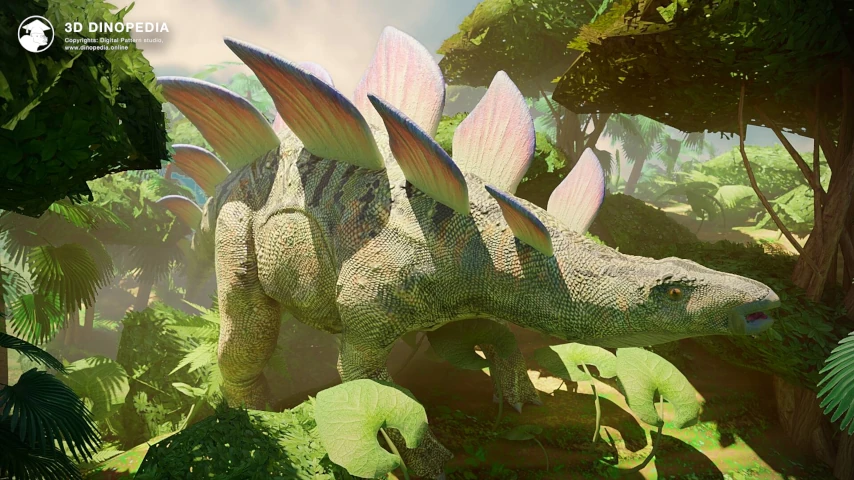
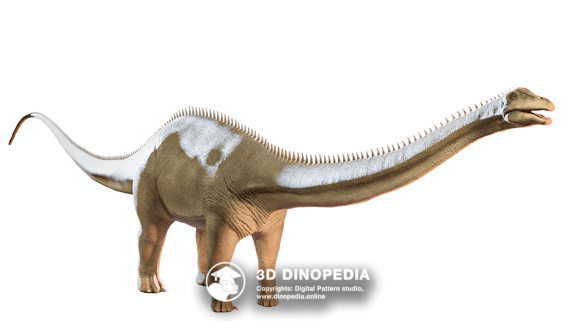




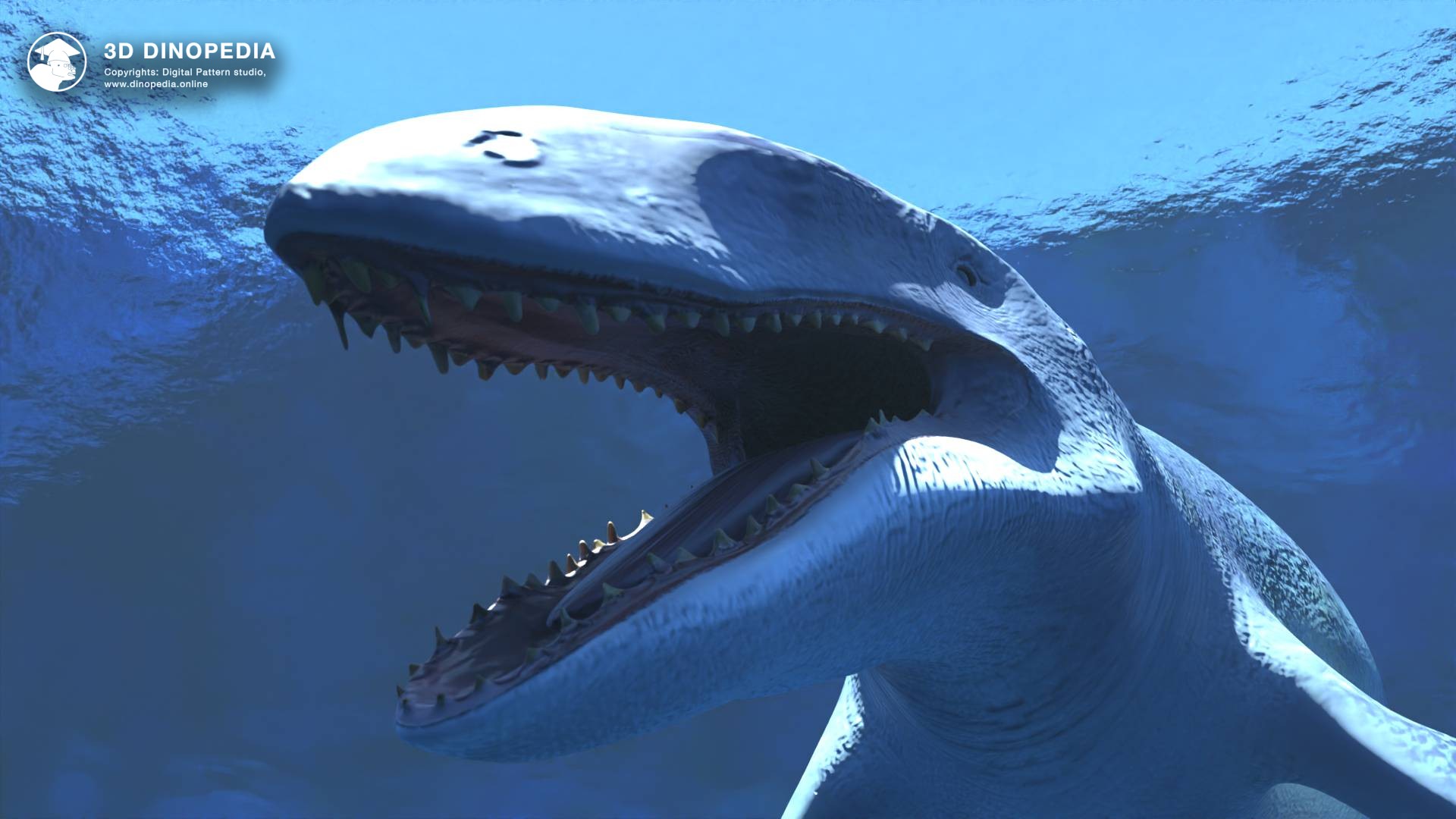
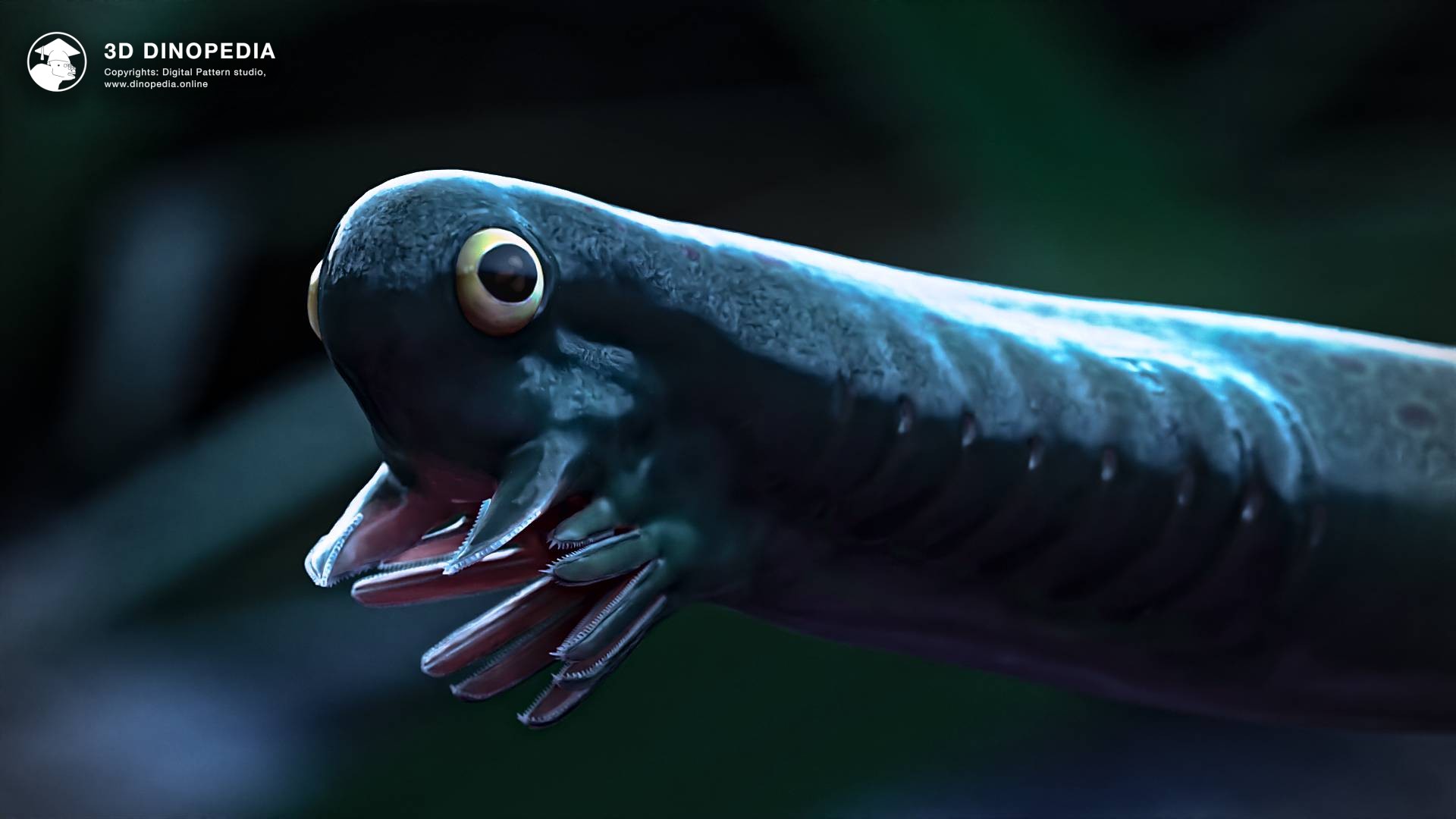

{{ count }} comments
You must login to write a comment